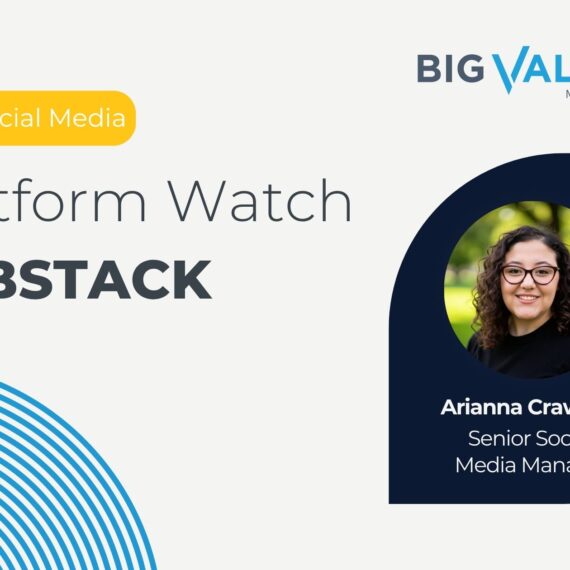Each month Big Valley tracks top conversations in tech and it’s hardly a surprise to learn that Software as a Service (SaaS) loomed as a big topic of interest in January. Even before we understood the full magnitude of the impact that Covid would have on businesses, Gartner was predicting that SaaS would generate around $141 billion in revenues by 2022. Forecasters are always accused of exuberance, but that prediction may even err on the low side.
Millions of doses of Covid vaccine are reaching the market, but don’t expect old routines to snap back anytime soon. Not in our personal lives and definitely not when it comes to the way that enterprises approach their need for software and services. As a PwC report points out, the pandemic has acted as a catalyst, accelerating existing trends that were expected to become prominent sometime in the future.
Of course, some IT departments may still decide to continue using on-premises solutions for their foreseeable future needs. But that’s going to leave them increasingly vulnerable to competitors who will gravitate to a SaaS option to minimize both upfront and ongoing costs while freeing them from single-vendor dependency.
I came across a rundown of some SaaS stocks recently. Without weighing in on the author’s stock opinions, the brief description offered on the advantages of SaaS-based offerings sums things up nicely:
“The old way of buying software — pricey one-off purchases of perpetual licenses — has some big downsides. Software companies must continually convince customers to upgrade to new versions, and customers are forced to shell out a bunch of money all at once. If you wanted to use productivity software a decade ago, you had no choice but to spend hundreds of dollars for software that would be out of date in just a few years. Today, many software companies have shifted to a SaaS business model. Instead of a one-and-done transaction, customers now subscribe to a software product that’s continually updated. The software company gets a reliable stream of recurring revenue, and the customer gains flexibility and always-up-to-date software.”
Salesforce CEO Marc Benioff makes the point that we’re now living an all-digital, work-from-anywhere world where “we have to be able to work, sell, service, market, collaborate, and analyze our data from anywhere.”
He can be forgiven for touting his company’s business model. Because he’s right about the future.
As we exit the Covid era, the shift Benioff talks about heralds a new era where SaaS is going to feature prominently in how companies deliver services to their customers. It makes all the sense in the world for brands to want to turn their customers into subscribers and the way to do that is via a subscription model. That’s also going to allow them regular touchpoints with customers, not to mention a predictable and recurring revenue stream.
If the trend holds, it augurs significant change in how the world’s leading businesses operate. In the meantime, rest assured that SaaS will remain among the leading Big Valley conversation topics for quite a while.






